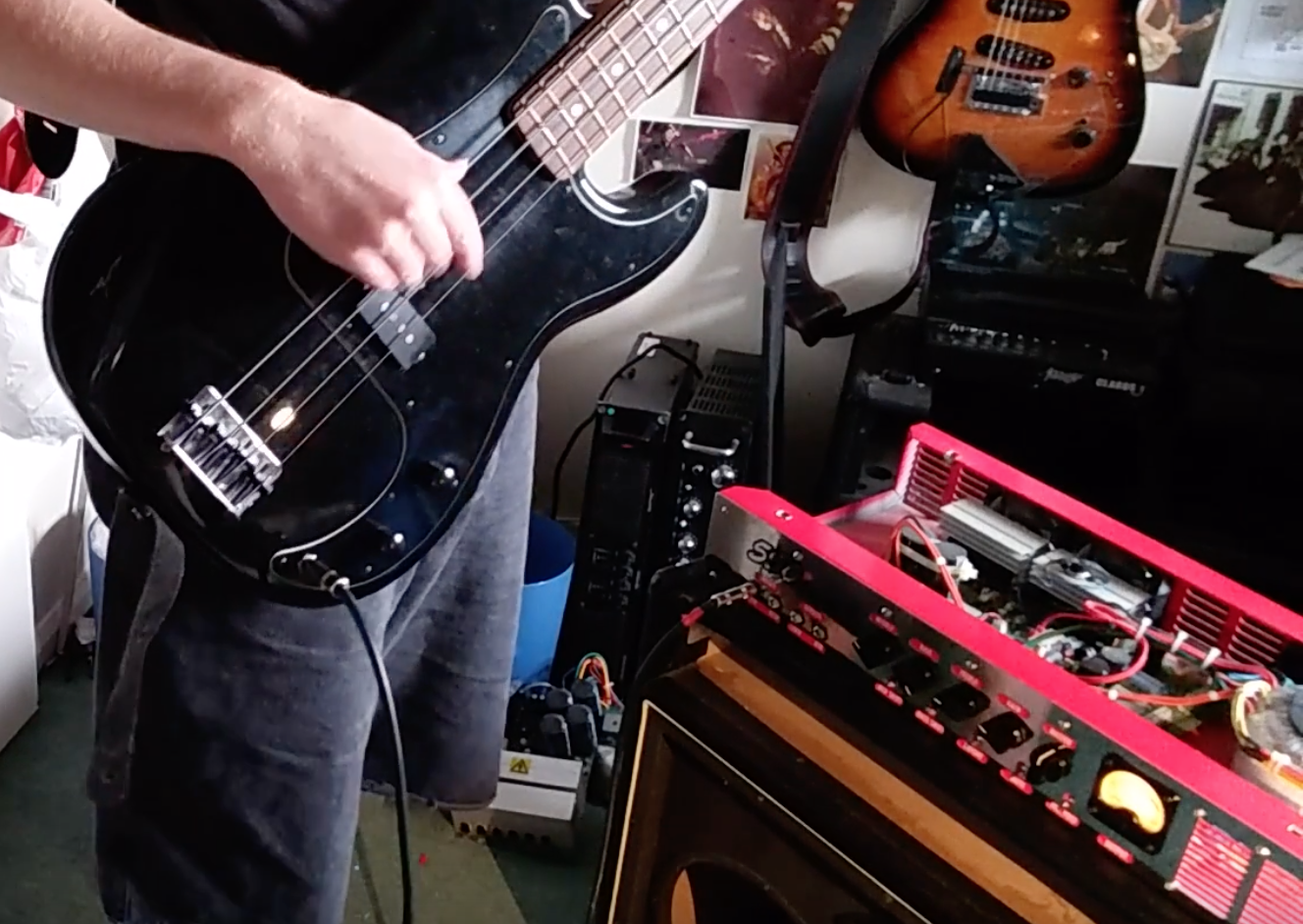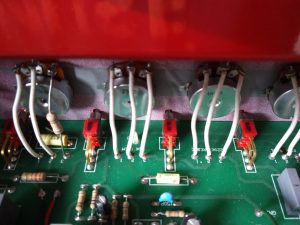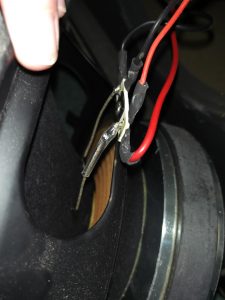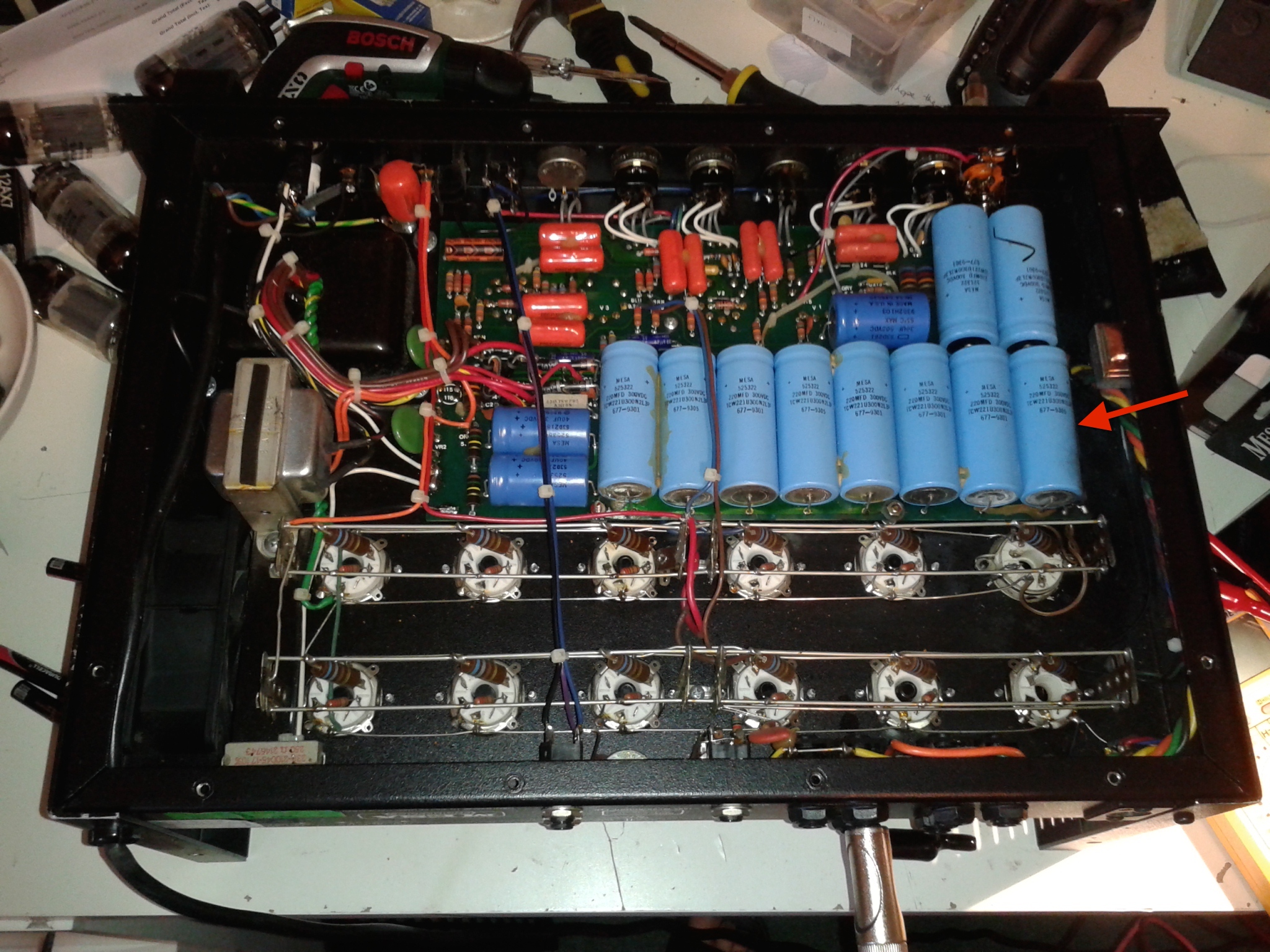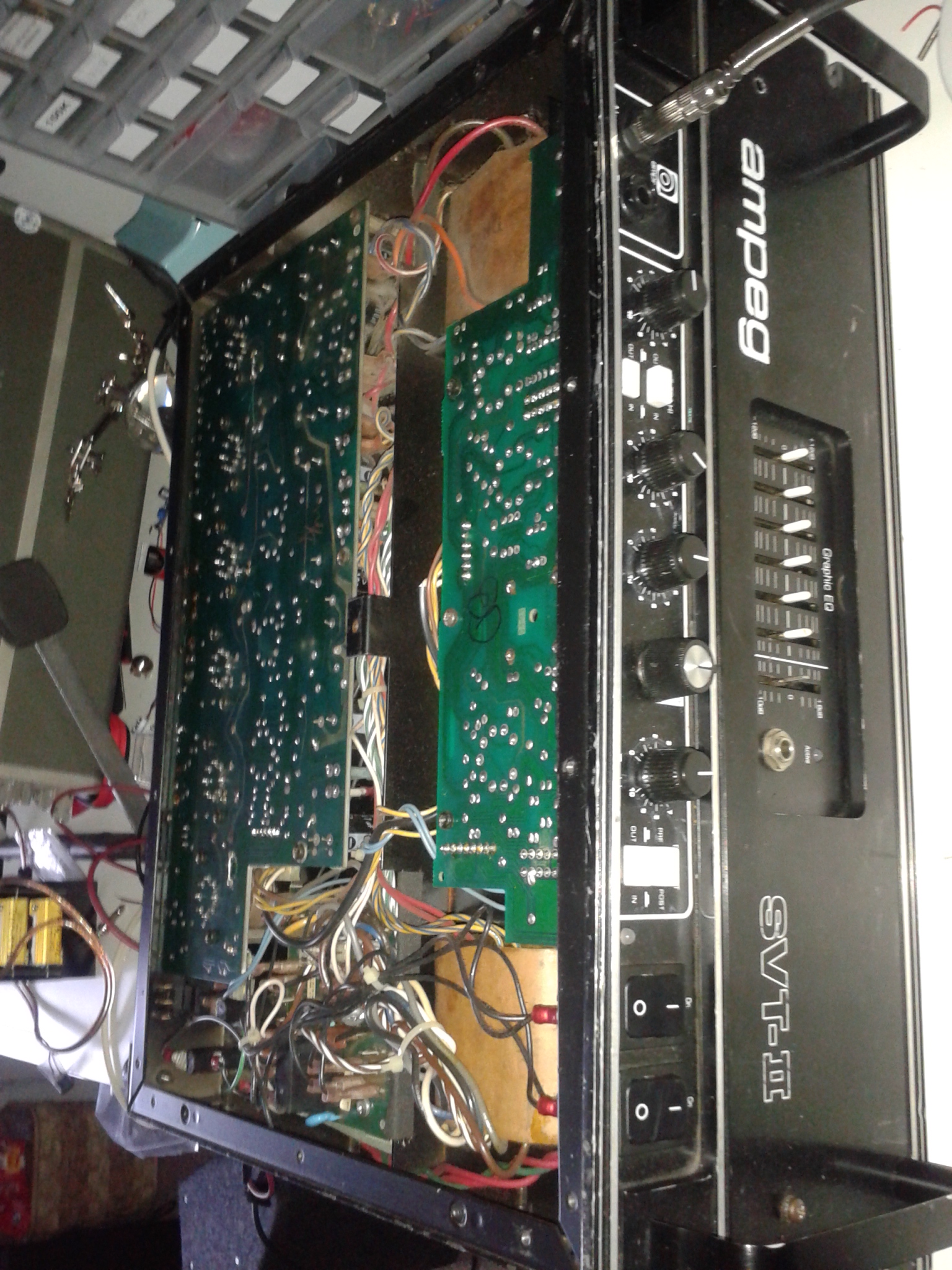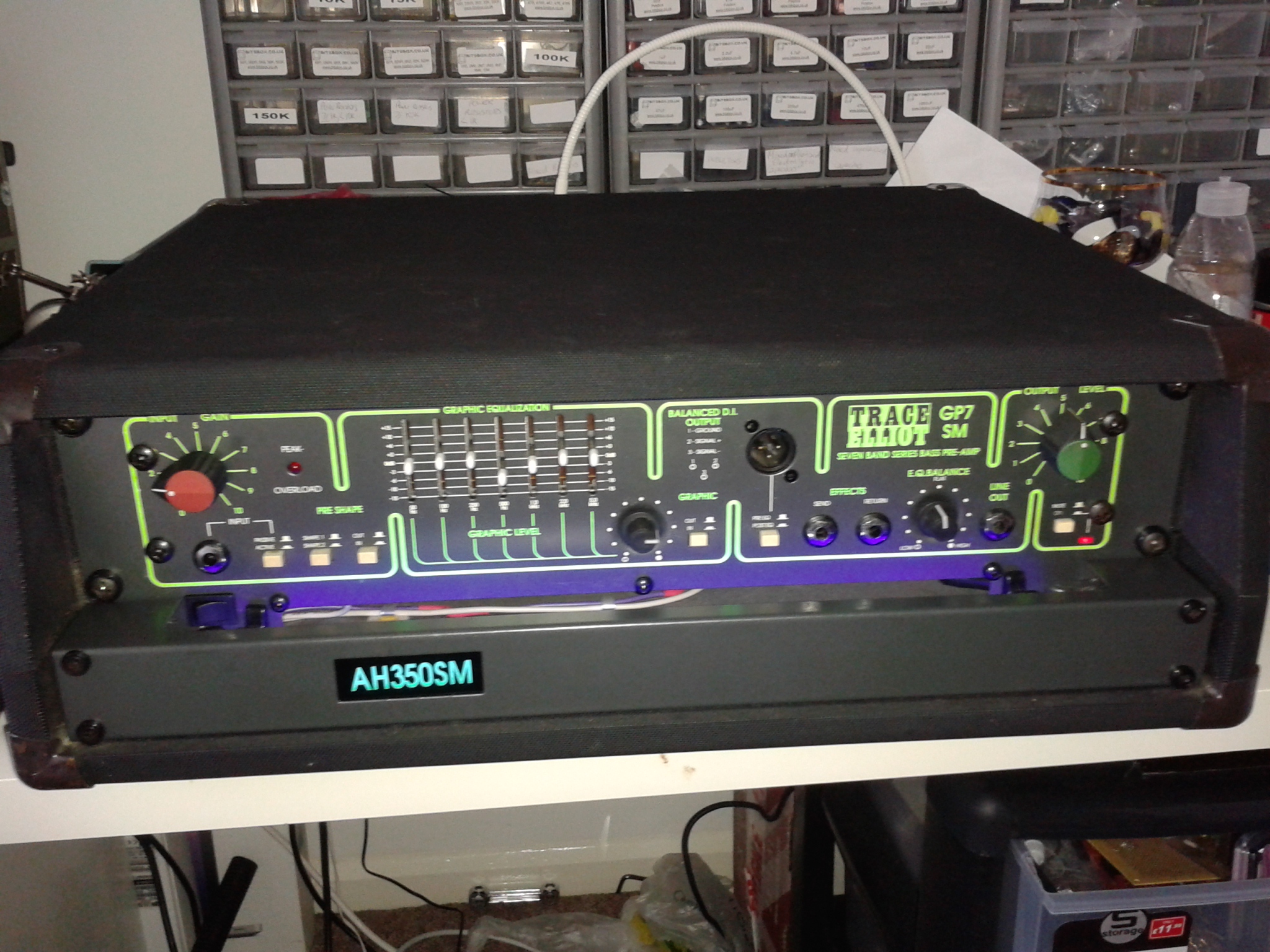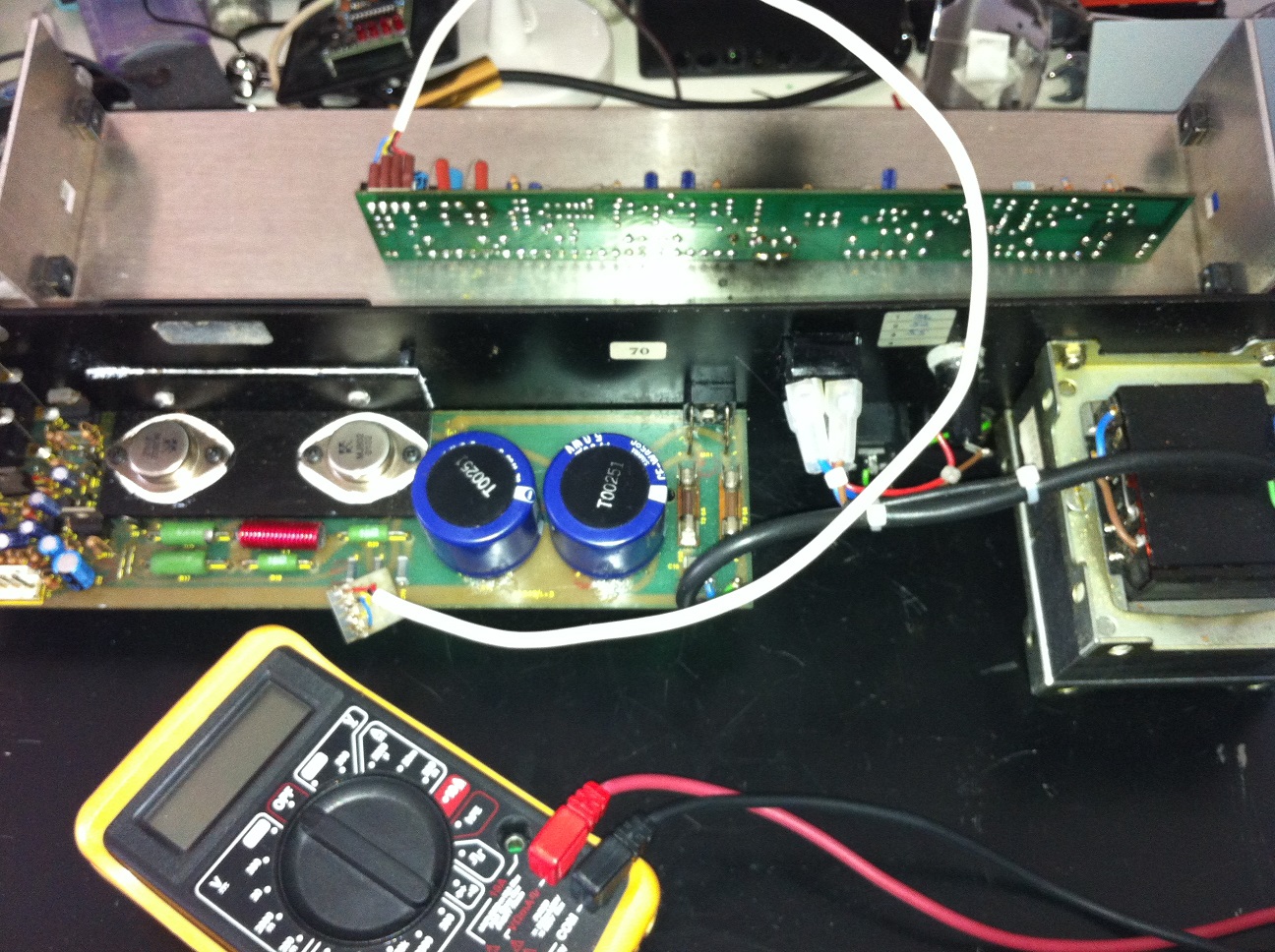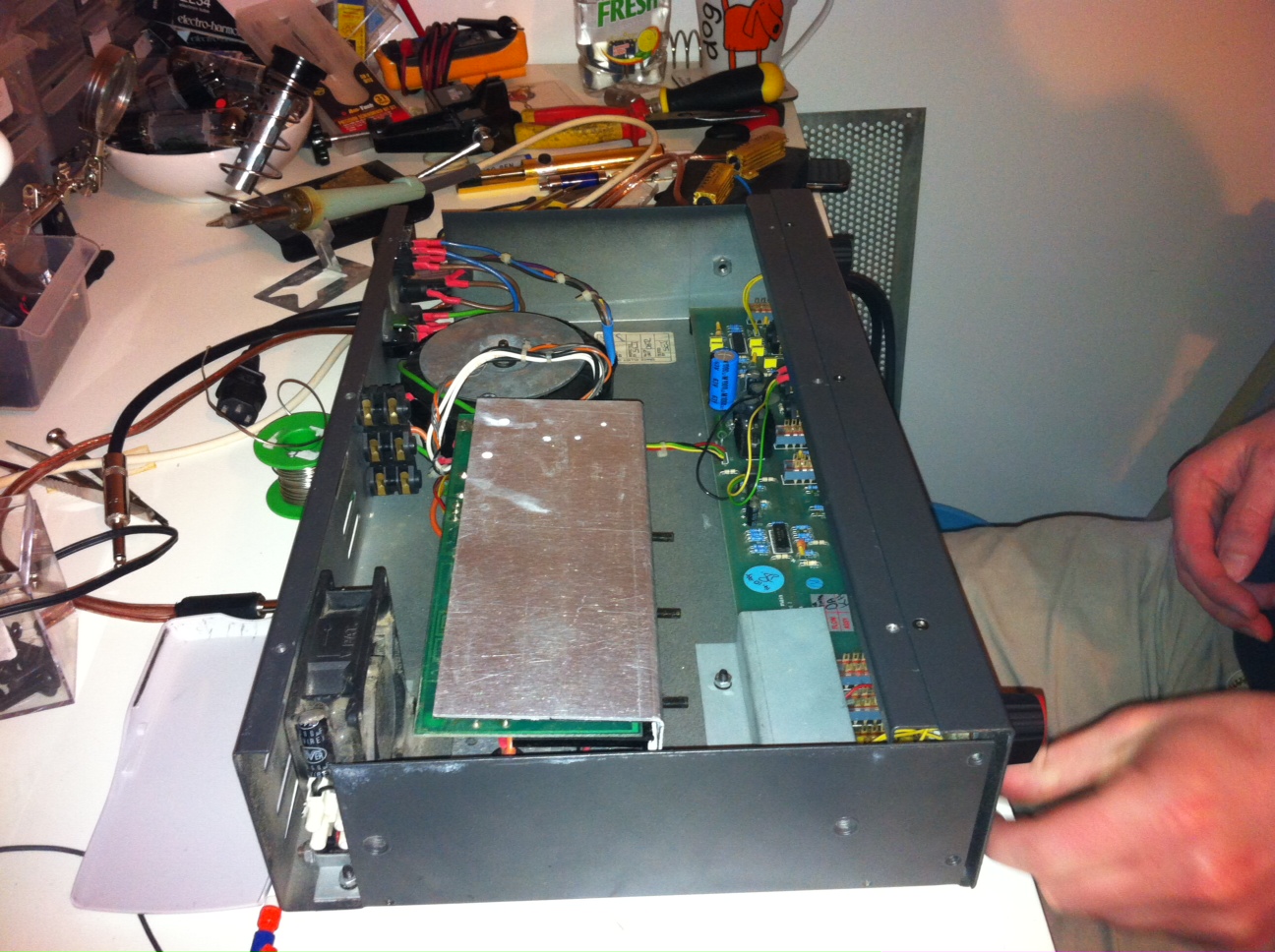Today I repaired an EBS amp repair on a 2 hour turnaround! The customer brought the unit to my Newark workshop from Nottingham.
EBS are a swedish brand. It’s the first time I’d worked on an EBS unit, though I’ve played alongside bassists who’ve used EBS gear and been quite impressed. I contacted their technical support team for schematics and they were great – after I’d signed my life away they provided me with schematics very quickly.
The amp had an intermittent fault on the filter (EQ). When engaging the filter active switch there was an intermittent buzz sometimes, sometimes a very tinny treble sound, sometimes too much bass and sometimes normal operation!
The problem turned out to be with the bass control, which had an intermittent resistive short to ground at all times. Fortunately I was able to repair the bass amp with parts that I hold in stock. It arrived at 10am and was back after repair and PAT testing with the customer by 12:00.
If you need an EBS amp repair, please get in touch.


